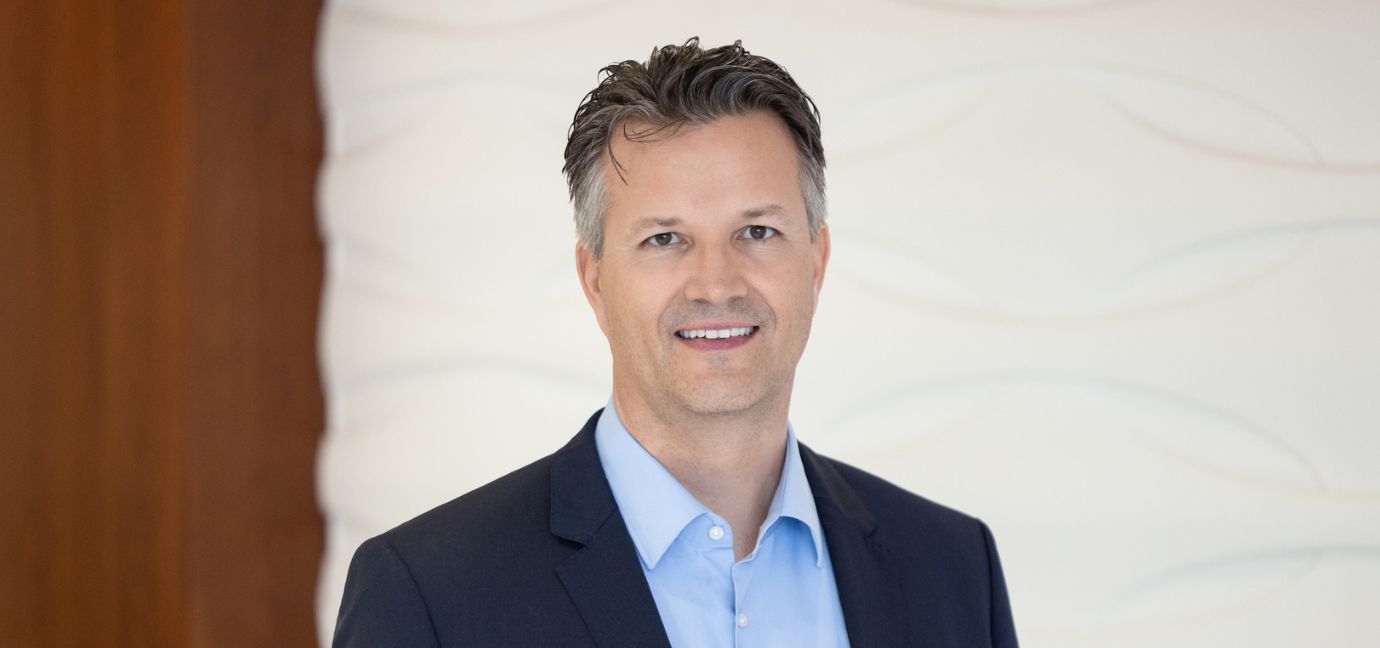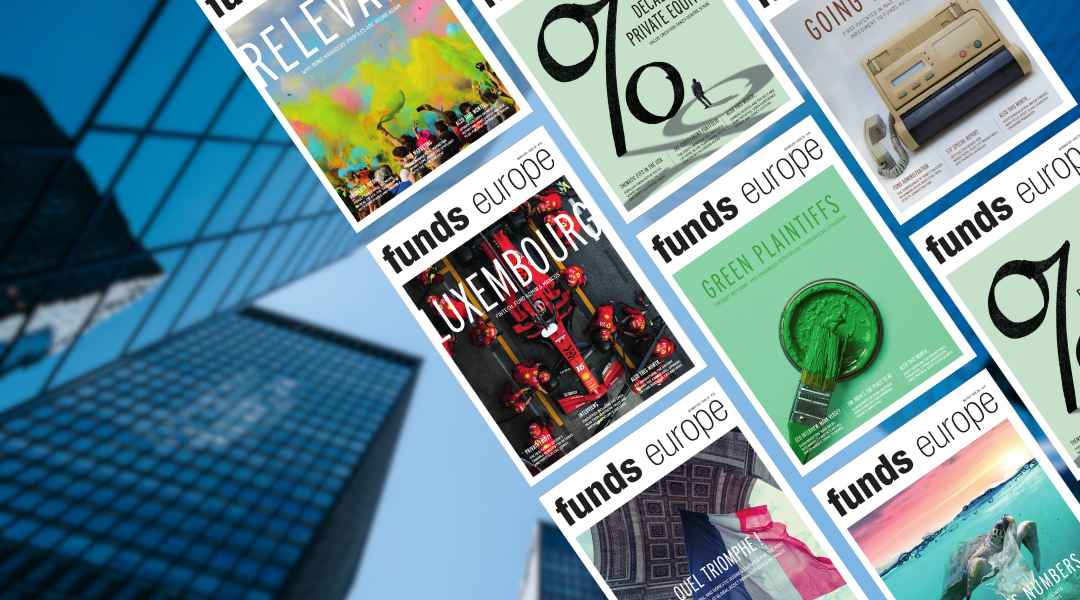 The global pushbacks and political manoeuvres to clamp down on tax havens may have come at a fortuitous time for Singapore’s Variable Capital Company (S-Vacc), the island nation’s latest investment fund innovation. Indrajit Basu reports.
Mooted last year by the Monetary Authority of Singapore (MAS) and slated to be launched by the beginning of 2019, the Singapore Variable Capital Company (S-Vacc) is still taking shape.
Yet it is already being considered the biggest item on the anvil of the Asian fund management sector owing to its potential to enhance Singapore’s competitiveness as a domicile for investment funds.
Singapore’s current rules do not allow the setting up of variable capital structures, which make entry and exit into funds easy. To avoid resorting to complex workarounds, funds distributed and managed from Singapore are often domiciled in Luxembourg, the Cayman Islands and Ireland.
That means that of the $2.2 trillion that is managed by Singapore’s fund management industry, about 78% comes from outside Singapore, according to a report by consultancy PwC.
Singapore hopes to bring some of that money onshore and the S-Vacc is designed to be the tool to do it.
Good timing
The global pushbacks and political manoeuvres to clamp down on tax havens may have come at a fortuitous time for Singapore’s Variable Capital Company (S-Vacc), the island nation’s latest investment fund innovation. Indrajit Basu reports.
Mooted last year by the Monetary Authority of Singapore (MAS) and slated to be launched by the beginning of 2019, the Singapore Variable Capital Company (S-Vacc) is still taking shape.
Yet it is already being considered the biggest item on the anvil of the Asian fund management sector owing to its potential to enhance Singapore’s competitiveness as a domicile for investment funds.
Singapore’s current rules do not allow the setting up of variable capital structures, which make entry and exit into funds easy. To avoid resorting to complex workarounds, funds distributed and managed from Singapore are often domiciled in Luxembourg, the Cayman Islands and Ireland.
That means that of the $2.2 trillion that is managed by Singapore’s fund management industry, about 78% comes from outside Singapore, according to a report by consultancy PwC.
Singapore hopes to bring some of that money onshore and the S-Vacc is designed to be the tool to do it.
Good timing“Singapore as a jurisdiction does not have a corporate structure that can easily allow incoming and outgoing of shareholders,” says Udit Gambhir, Asian managing director of SGG Group, a fund administrator. “There is a huge growth of investments activities in Asia, but most funds prefer to be domiciled in jurisdictions like the Cayman Islands because there is no structure in Singapore.” The S-Vacc is significant for other reasons too, given the widespread blacklisting of tax havens and a growing crackdown on hidden incomes by countries around the world. In early September, for instance, news reports suggested that India’s regulator, the Securities and Exchange Board of India, was mulling fresh criteria to stop “dubious” money flowing into the country. The plan was for stricter disclosure standards, greater scrutiny norms and more regulatory hurdles for foreign investors coming from countries that were not members of the Financial Action Task Force (FATF). If implemented, the new disclosure rules would place foreign investors based in jurisdictions such as Cyprus, the British Virgin Islands and the Cayman Islands – none of which belong to the 37-member FATF club – at a disadvantage versus funds located in FATF-compliant countries such as Hong Kong, Luxembourg, the US, Canada and Singapore. The move was seen as India’s reaction to the European Union’s blacklisting, in December 2017, of 17 countries in its first ever clampdown on tax havens, which put an additional 45 others on a watch list. The EU claimed blacklisted countries had failed to match up to international standards and had not offered sufficient commitments that they would change their ways. Earlier that year, India also reworked it double taxation avoidance treaties with Mauritius, Cyprus and Singapore in an effort to curb money-laundering. Then, in Paris, India and 66 other countries adopted the OECD-anchored based erosion and profit-shifting (BEPS) framework, which aims at cracking down on abuse of bilateral tax treaties and treaty shopping. Given these negative developments against tax havens, the S-Vacc is timely because it could give Singapore’s funds industry the opportunity to capitalise on the nation’s reputation for “respectability, policy stability and infrastructure”, says Eric Roose, a partner at Singapore-based law firm Withers KhattarWong. Competition
Once the S-Vacc is in place, will large numbers of asset managers begin setting up funds in Singapore? “The decision is not that simple,” says Girish Vanvari, founder of Transaction, a boutique tax, regulatory and business advisory firm. “When a fund sets up in a country, it takes a hard look at the country from commercial perspectives.” For instance, in the Cayman Islands, it is easy and cheap to set up a fund. Regulation there tends to light-touch, too. Just because Singapore has the S-Vacc, doesn’t mean managers will immediately flock to the jurisdiction. Besides, the structure may not be the perfect vehicle just yet. “I don’t expect a lot of fund manager setting-up or converting to an S-Vacc structure until the tax rules are clear,” says Roose. “Some, like hedge funds that are not so sensitive to tax treaty benefits, would not want to shift to Singapore even if they are investing in Asia.” Since the S-Vacc is still in the making, the MAS has not yet clarified whether the tax incentives available for other structures and Singapore’s double taxation treaties, with 88 countries, would be extended to S-Vacc funds as well. A question of substance
The “substance” clause could be a thorn for some managers, too. An S-Vacc fund must have at least one Singapore resident director and one director who is also a director of its fund manager. Additionally, an S-Vacc must have a registered office in Singapore and a Singapore-based company secretary (legal compliance officer). These conditions could be unattractive to global fund managers headquartered in the UK or US that have representative offices in Asia, says Gambhir. “If MAS can look into some way of recognising other OECD jurisdictions that have investment management regimes, like the UK and the US, and can consider those as equivalent jurisdictions, it can magnify the move.” Still, the S-Vacc may not necessarily be all about trying to attract fund managers to move into Singapore. “It is a fund solution,” says Mriganko Mukherjee, a Singapore-based partner of consultancy EY. “Essentially, a new fund platform that allows setting up of open-ended funds that is easy to use from fund managers’ and investors’ perspective.” There are, according to Mukherjee, many strong commercial and business drivers for a fund manager to set up shop in Singapore, with some of the important ones being access to Southeast Asian markets, business infrastructure, the reputation of the regulators, the talent pool and the substance-based tax incentives. Consequently, he expects the initial take-up to be from local and regional fund managers. For them, maintaining a fund in the Cayman Islands or elsewhere is expensive and cumbersome. If the S-Vacc proves to be successful, over time it might attract global fund managers too. But that, adds Mukherjee, will happen much later because “global managers tend not to change what’s not broken”. Hence, if the investors of a fund are comfortable with the offshore structure of that fund in an existing jurisdiction, its fund manager is unlikely to re-domicile that fund to Singapore unless there is a compulsion. Going in the S-Vacc’s favour, however, is the fact that Singapore is viewed as an asset and wealth management gateway to Asia-Pacific, says Armin Choksey, Asia-Pacific asset and wealth management market research centre leader at PwC Singapore. “With a progressive and fair regulator, stable government, stable currency and open architecture, Singapore is consistently ranked among the top choices globally for ease of doing business and living,” he says. “These are among the many aspects that [could] attract boutique and global asset managers to choose Singapore as their destination of choice. “There will be no limit to the potential of S-Vaccs with the adequate education of its features and its track record over time.” ©2018 funds global asia

 At times like these, HSBC Asset Management easily pivots towards emerging markets.
At times like these, HSBC Asset Management easily pivots towards emerging markets. A comprehensive, cost-effective, and transparent currency overlay hedging solution is crucial to mitigate FX exposure risks in the complex landscapes of Japan and China's FX markets, explains Hans Jacob Feder, PhD, global head of FX services at MUFG Investor Services.
A comprehensive, cost-effective, and transparent currency overlay hedging solution is crucial to mitigate FX exposure risks in the complex landscapes of Japan and China's FX markets, explains Hans Jacob Feder, PhD, global head of FX services at MUFG Investor Services. The world is transitioning from an era of commodity abundance to one of undersupply. Ben Ross and Tyler Rosenlicht of Cohen & Steers believe this shift may result in significant returns for commodities and resource producers over the next decade.
The world is transitioning from an era of commodity abundance to one of undersupply. Ben Ross and Tyler Rosenlicht of Cohen & Steers believe this shift may result in significant returns for commodities and resource producers over the next decade. Ross Dilkes, fixed income portfolio manager at Wellington Management, examines the opportunities and risks for bond investors presented by the region’s decarbonisation agenda.
Ross Dilkes, fixed income portfolio manager at Wellington Management, examines the opportunities and risks for bond investors presented by the region’s decarbonisation agenda. Shareholders in Japan no longer accept below-par corporate governance standards. Changes are taking place, but there are still areas for improvement, says Tetsuro Takase at SuMi Trust.
Shareholders in Japan no longer accept below-par corporate governance standards. Changes are taking place, but there are still areas for improvement, says Tetsuro Takase at SuMi Trust. Robert St Clair, head of investment strategy at Fullerton Fund Management, explores the reasons investors should be paying attention to the rising demand for healthcare in China.
Robert St Clair, head of investment strategy at Fullerton Fund Management, explores the reasons investors should be paying attention to the rising demand for healthcare in China.


